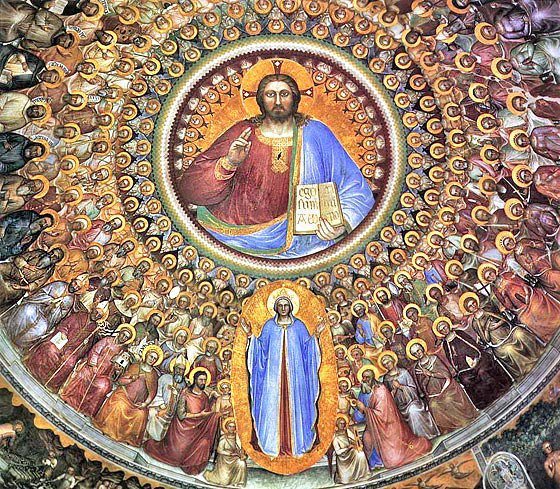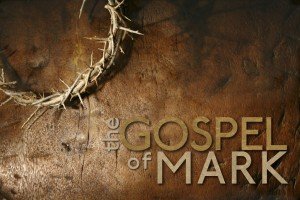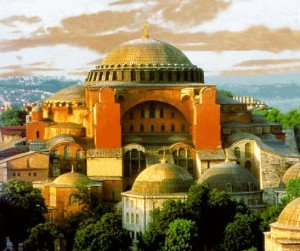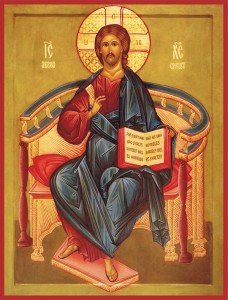I have been suggesting in this article that the call to holiness necessarily involves a call to change the way that we think about God, life, ourselves and others. I suggested that it is imperative that we, if we want to respond correctly to God’s call, honestly assess what we really think about these four different things, especially how we think about life itself.
I find that one of the areas that people typically have a lot of mixed and confused thoughts about is LIFE and the challenges of life. First, many people seem to feel that the difficult challenges of life are, in some way, a punishment from an angry God. Second, many people feel that the events of life are either good or bad, fair or unfair.
One of the questions I typically ask people who tell me that the challenges they face are unfair is: Why are they unfair? It is all a matter of how we interpret the events of life.
It seems that most people have a fantasy of what they believe life should be like and anytime that the events of life differ from their fantasy they classify them as bad or unfair. This attitude is fueled, I believe, by a dangerous misperception, namely that humans are the creators of life and, as creators, should be able to dictate what life should be like. People with this attitude fail to realize that earthly life is something shared with us and designed to help us grow and change over the course of its term. This earthly existence has a purpose, namely to help us spiritually grow and come to a deeper understanding of God and how He intends His universe to function. God did not intend, when He created us, that we would have control over our own lives. He knew that we would never spiritual grow if we had control over life. He intends us to learn from earthly life – learn how to live as a spiritual being, that is one of His children.
When we think about this we must ask, What are spiritual beings like? They are beings that have learned how to love and forgive unconditionally and to treat others as they would have themselves treated and, definitely, not judge others. These are the key powers that make us truly beings that are made in the image and likeness of God. For those are His primary characteristics. He is a being who does all of these things. How do I know this? I look to His incarnated Person, Jesus Christ. This is how Jesus lived. He made manifest God’s way of living. God did this as a human being in order to reveal to us that we are capable of living in this manner – living in the manner He intended when He created us!







